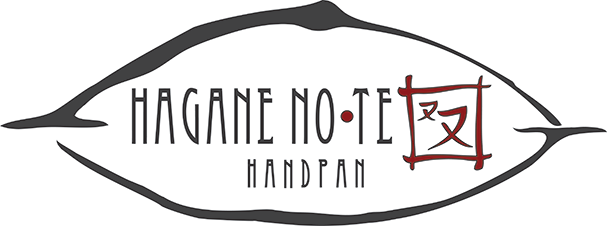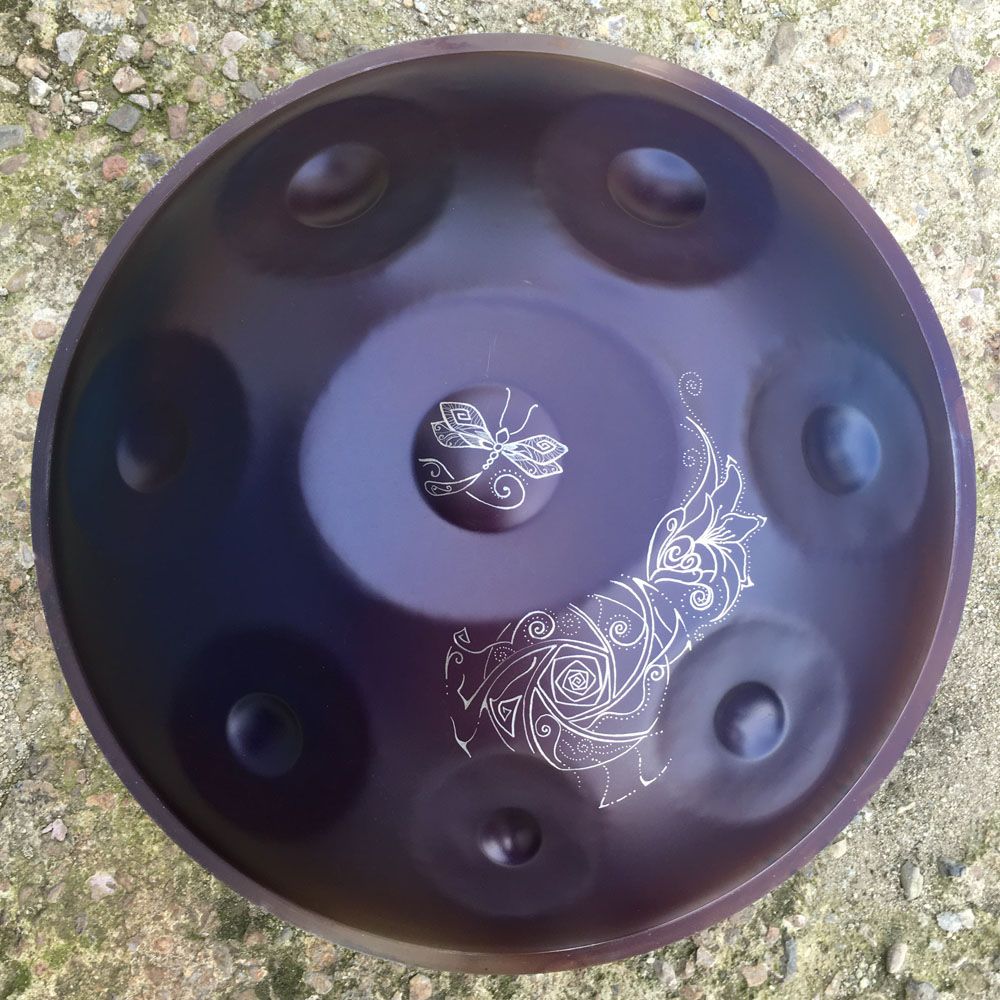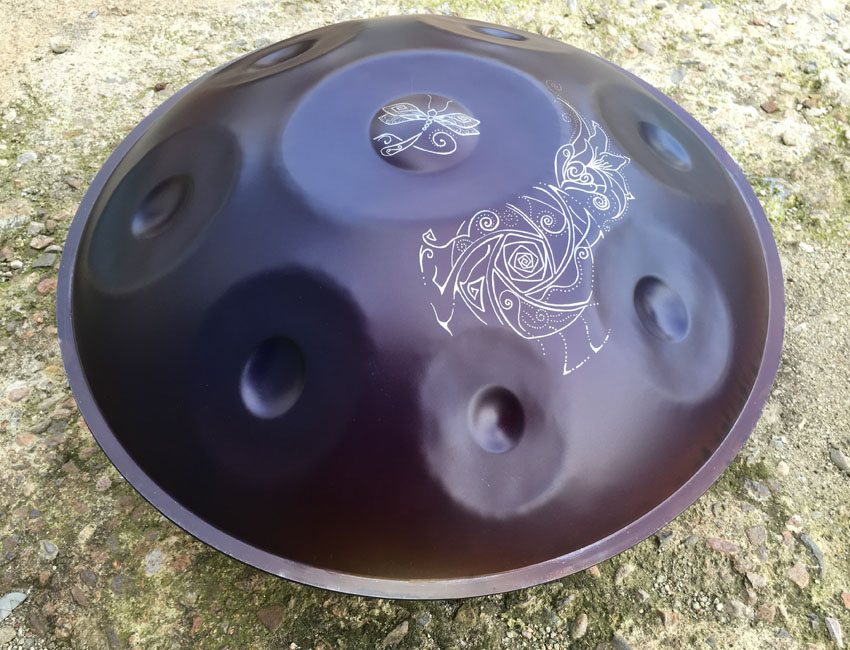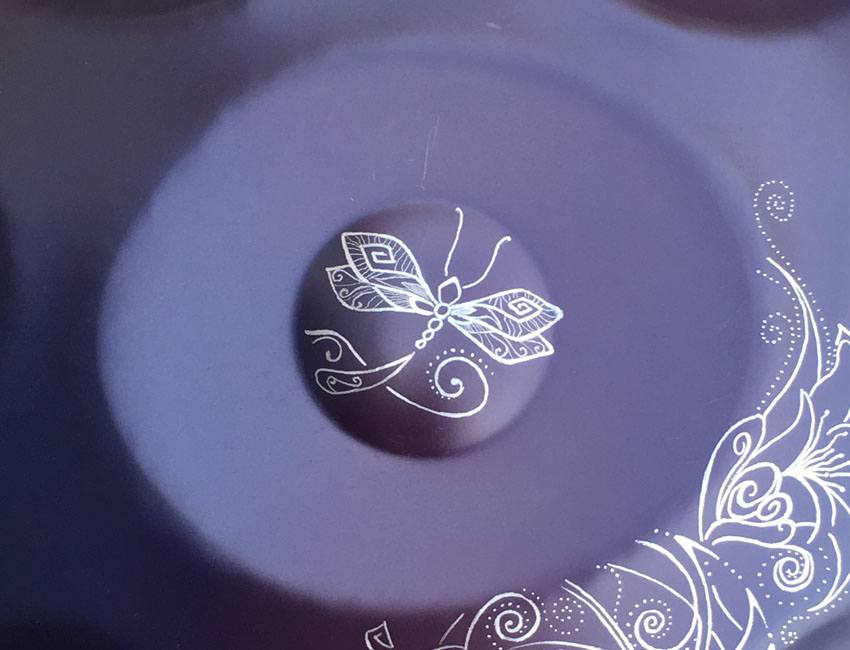Pygmy
Click here to try the HaganeNote Handpan Virtual Instrument
The Pygmy scale is a form of Dorian pentatonic scale, a mode being halfway between a minor and a major scale. The presence of intervals that can be interpreted as a fourth or a minor sixth, and the several repeated fifths deliver a deep and full scale with no precise central tone but brilliant and resonant, making it useful in several major and minor progressions. Its gentle and sweet sound inspires introspection and meditation.
The origin of the name of this handpan scale is uncertain, and it could be the result of the decision to use Pygmy as the name of this handpan scale family. Ethnomusicology seems to have given an extensive explanation, while research is still being carried out. According to the works of Simha Arom and Susanne Furniss-Yacoubi, the scale system of Pygmy (or Aka) music is based on an equi-pentatonic scale where intervals are loosely related to the intervals in our contemporary music system.
In this sense, the two authors explain how music intervals in Aka music tend to diffuse, leading Aka musicians to play dynamic adaptations to maintain the melodic contour of the intended sung polyphonic melody. Compared to the intervals in the contemporary equal-temperament, the intervals in Aka music can span from Maj 2nd to min 3rd, 4th to Maj 3rd, 5th to min 6th, min 7th to Maj 6. Another characteristic of this music seems to be the absence of direct half-tone jumps. According to the results of this studies, there is no traditional Pygmy scale related to the common handpan version.
As of today, the Pygmy handpan scale seems to be related to the Raga Kokil Pancham, an Indian scale that has the same intervals of our beloved Dorian pentatonic version for handpan.
– D/ G A Bb D F G A Bb *
– E/ A B C E G A B C *
– F/ Bb C Db F Ab Bb C Db *
* The 8 notes version is also available, please contact us for more information
Scale List
Check our Handpan Scale Comparison Page to listen to all the audio samples and find the scale you love!
- Susanne Furniss: Aka Polyphony: Music, Theory, Back and Forth
- Camille Oloa-Biloa: The egalitarian body A study of aesthetic and emotional processes in massana performances among the Mbendjele of the Likouala region (2017)
- Suzanne Furniss : Le système pentatonique de la musique des Pygmées Aka
- Susanne Furniss-Yacoub: Approche interdisciplinaire des musiques pygmées
- Raga Kokil Pancham scale
- Simha Arom, Susanne Furniss-Yacoubi: An interactive experimental method for the determination of musical scales in oral cultures in Contemprary Music Review, Vol. 9 (pp. 7-12)
- Harvard Dictionary of Music



